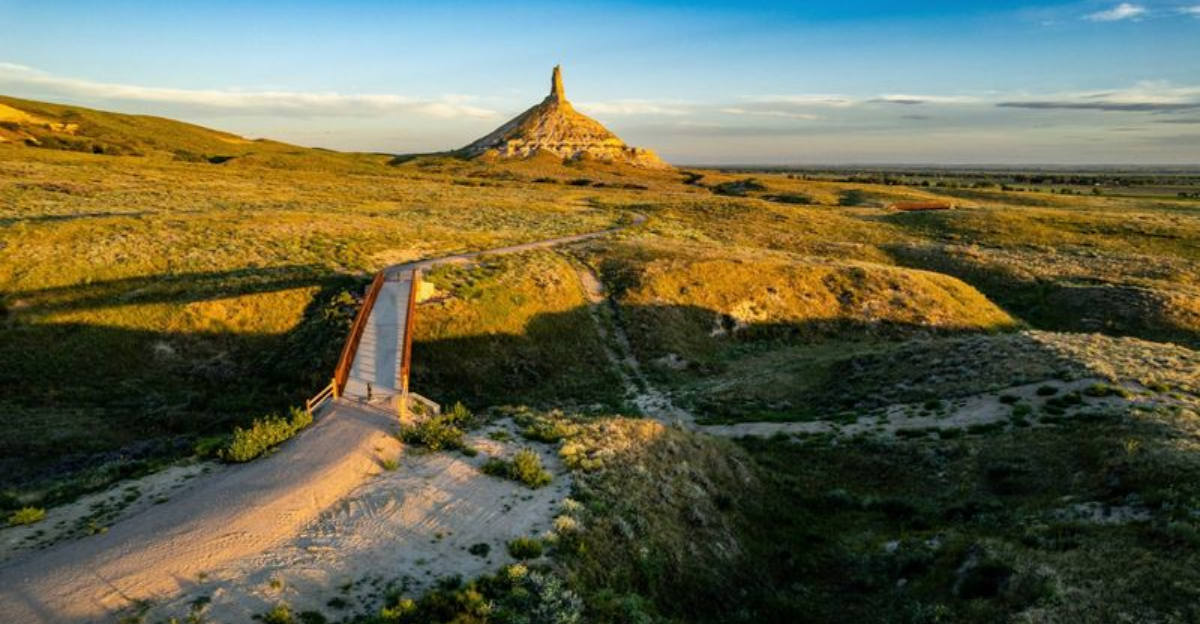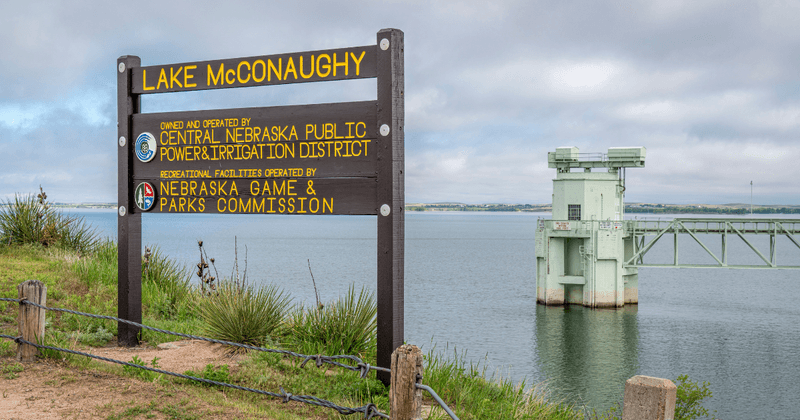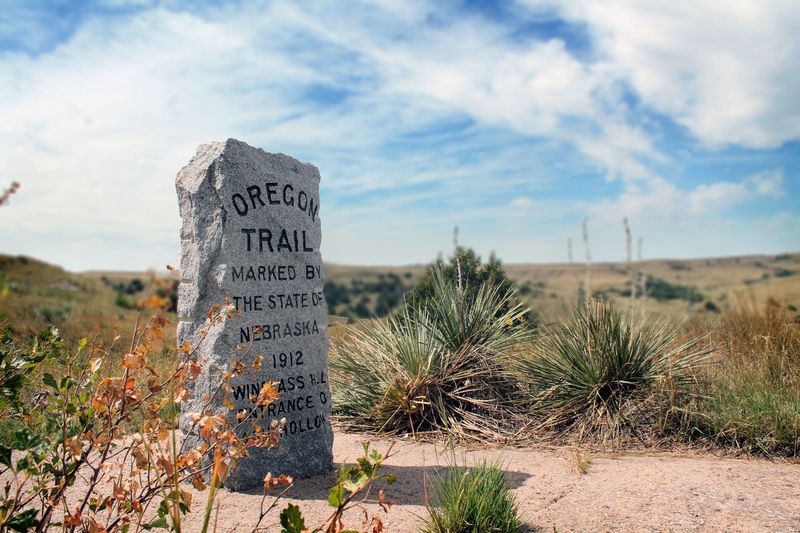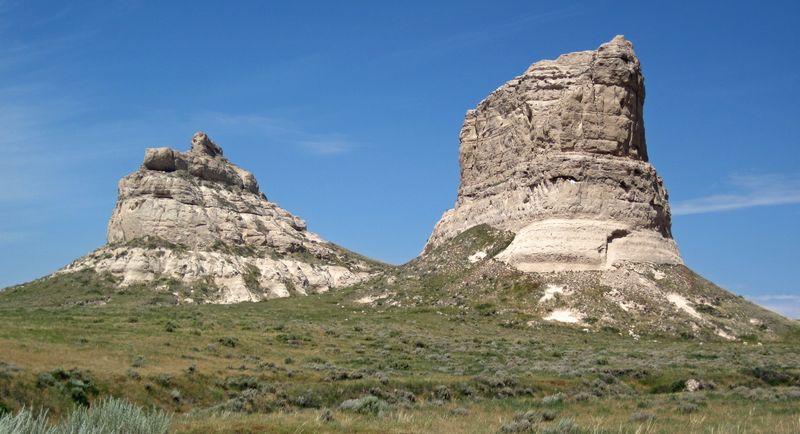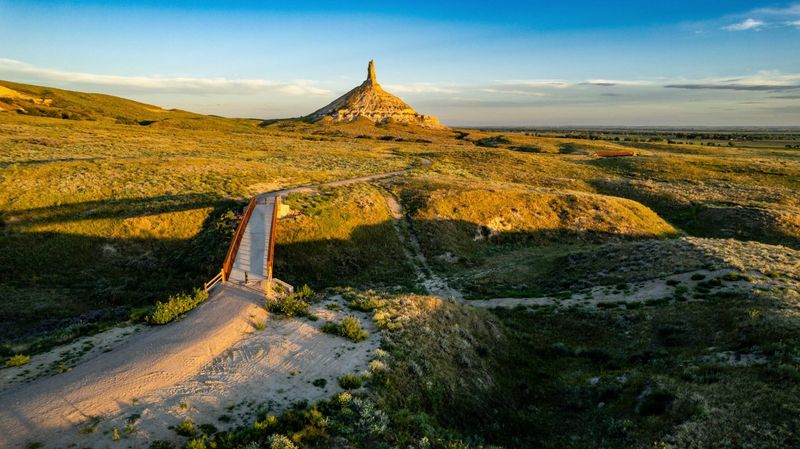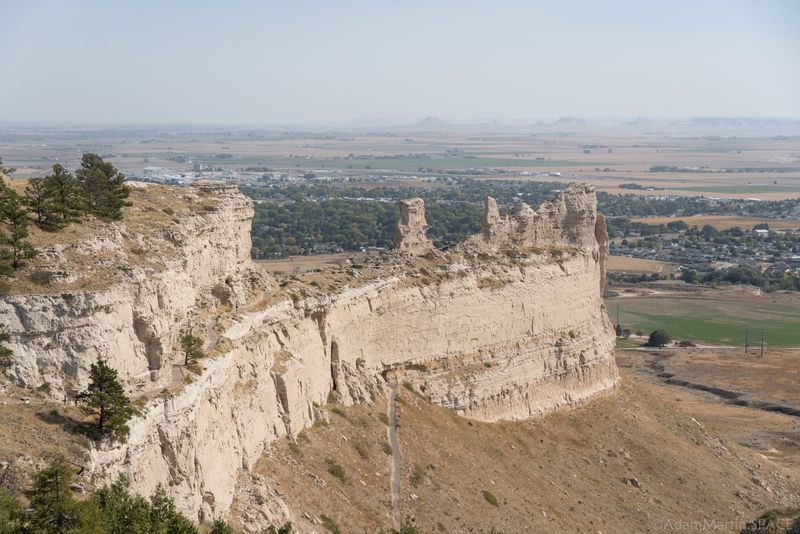Driving across Nebraska where pioneers once walked, the Western Trails Route stretches through the state’s panhandle, connecting landmarks that guided settlers heading west in the 1800s.
Towering rock formations and historic forts line the way, turning the scenic byway into a window on America’s westward expansion that helped shape the nation.
1. Where The Adventure Begins
Standing at the edge of Lake McConaughy in Ogallala, you’ll feel the anticipation early travelers must have experienced. The vast blue waters offer a refreshing contrast to the journey ahead.
Families gather on sandy beaches while history buffs prepare for exploration. This gateway town serves as the perfect jumping-off point with comfortable accommodations and supplies before heading into the historic trail system.
2. Echoes In The Canyon
Whispers of the past seem to float through Ash Hollow as you descend into this natural shelter. Wagon wheels once carved deep ruts into the soft stone, marks still visible today.
Wildflowers dot the hillsides where exhausted pioneers once rested. Walking the interpretive trails, visitors connect with the struggles of those who passed through, seeking fortunes and fresh beginnings in lands beyond.
3. Monuments In Stone
Rising dramatically from the prairie floor, Courthouse and Jail Rocks served as natural signposts for weary travelers. Many pioneer diaries mention these distinctive formations with relief and awe.
Visitors today can pull off at well-marked viewpoints to appreciate these geological wonders. The weathered spires stand as silent witnesses to countless wagon trains that passed by, carrying families toward uncertain futures in the American West.
4. A Spire Against The Sky
Spotting Chimney Rock on the horizon must have felt like seeing an old friend for pioneers. Its distinctive needle shape rises nearly 300 feet from the surrounding plains, unmistakable and reassuring.
Wagon trains used this natural landmark to confirm they were on course. Modern travelers can visit the excellent interpretive center to learn how this fragile formation, slowly eroding with time, became the most recognized symbol of the great westward migration.
5. Climbing Into Big Views
Approaching Scotts Bluff, you’ll understand why it commanded such respect from travelers. The massive formation rises 800 feet above the North Platte River, creating an imposing barrier.
Unlike pioneers who had to detour around, modern visitors can drive through a series of tunnels to reach the summit. Once at the top, panoramic views reveal the entire trail system stretching east to west, putting the journey into breathtaking perspective.
